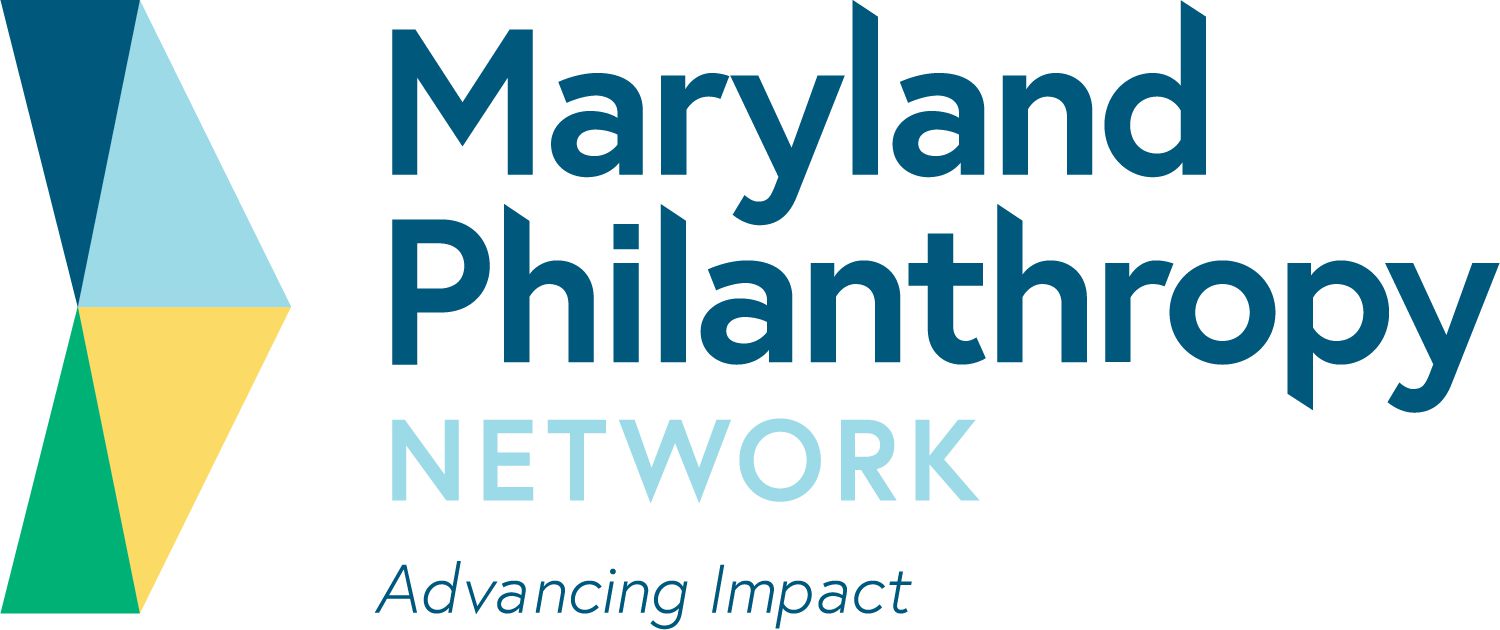Anchor institutions in Baltimore are working to strengthen minority and local purchasing to create jobs and local economic opportunities. To improve internal policies and practices, Next Street, U3 Advisors, and ML Whelley, LLC are completing reports assessing the budgetary, policy, infrastructure, and planning processes at five Baltimore anchor institutions. Participating institutions include LifeBridge Health, Maryland Institute College of Art, Notre Dame, University of Maryland Medical System, and the University of Maryland-Baltimore. Common findings, strengths, challenges and...
RESOURCE FOR MEMBERS ONLY
View materials from "A Peer Conversation about Grantee Data Collection"
FIND MORE BY:
RESOURCE FOR MEMBERS ONLY
View program materials from Gleaning Lessons about Participatory Grantmaking.
FIND MORE BY:
We are a statewide membership association representing around 110 private and community foundations, intermediaries, corporations, donor advised funds, and public charities.
Grantmaker Resources
7 ways to Support Grantees Right Now
The nationwide misalignment between the science of how to teach children to read and how reading is actually taught in most schools has been in the news for more than a year.
RESOURCE FOR MEMBERS ONLY
FIND MORE BY:
Maryland Philanthropy Network members are invited to join representatives from B’more Invested, InFusion Community Grants, Youth as Resources, and other participatory grantmakers for an engaging discussion about what they are learning, especially about decision-making structures, coaching, compensation, and the power of allocating resources that directly impact their neighbors and peers. We’ll also discuss how the Ground Root Collective is collaborating on efforts to strengthen the social sector by supporting applicants and grantees before, during, and after grant cycles. If you are curious about or have joined in participatory grantmaking, this is time to dig in and explore this practice and the implications of being more participatory!
RESOURCE FOR MEMBERS ONLY
View Materials from What Funders Need to Know about ARPA
FIND MORE BY:
Maryland Philanthropy Network members are invited to learn what their peers are doing (and why and how!) around requesting, collecting and reporting data from grantees. We’ll discuss how funders can drive values of equity and inclusion throughout the application process - including what we require from an organization as we make funding decisions. We’ll also discuss how well philanthropy is looking at ourselves.
RESOURCE FOR MEMBERS ONLY
FIND MORE BY:
A collaborative project of the BIP and Central Baltimore Partnership, this new directory of Baltimore nonprofit and public workforce development organizations is now available to help employers and community stakeholders find workforce partners to meet hiring needs. It summarizes the work of more than 45 organizations that support Baltimore City workers by offering skills training, eliminating barriers to employment, and facilitating job placement.
These organizations range in size and focus. Some provide general job readiness coaching while others provide training, certifications...
FIND MORE BY:
RESOURCE FOR MEMBERS ONLY
A collaborative project of the BIP and Central Baltimore Partnership, this new directory of Baltimore nonprofit and public workforce development organizations is now available to help employers and community stakeholders find workforce partners to meet hiring needs. It summarizes the work of more than 45 organizations that support Baltimore City workers by offering skills training, eliminating barriers to employment, and facilitating job placement.
FIND MORE BY:
Nonprofit + Small Business Resources
The following is a set of information to help MPN members track news, resources, and actions they can take related to federal policy changes.
Philanthropy has a powerful voice with which it can talk about racial equity and inclusion.
Join Maryland Nonprofits for a session that will bring together a variety of perspectives to discuss what the decennial census means for the nonprofit sector and our role in ensuring an accurate count.
By the end of 2017, Baltimore suffered 343 homicides, a new record for killings per capita. This continues a troubling trajectory; overall violent crime between 2012 to 2017 is up 9.8 percent. Most categories of violent crime either increased or stayed about the same, with the biggest percentage growths in homicides, shootings and robberies. Join expert researchers to learn about violence as a health crisis and research-based best practices around reducing violence. We’ll also discuss how these practices are (or could be) implemented in Baltimore.

